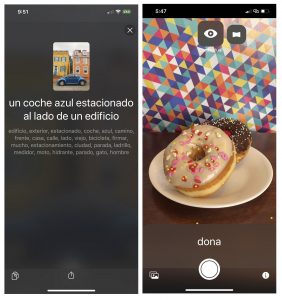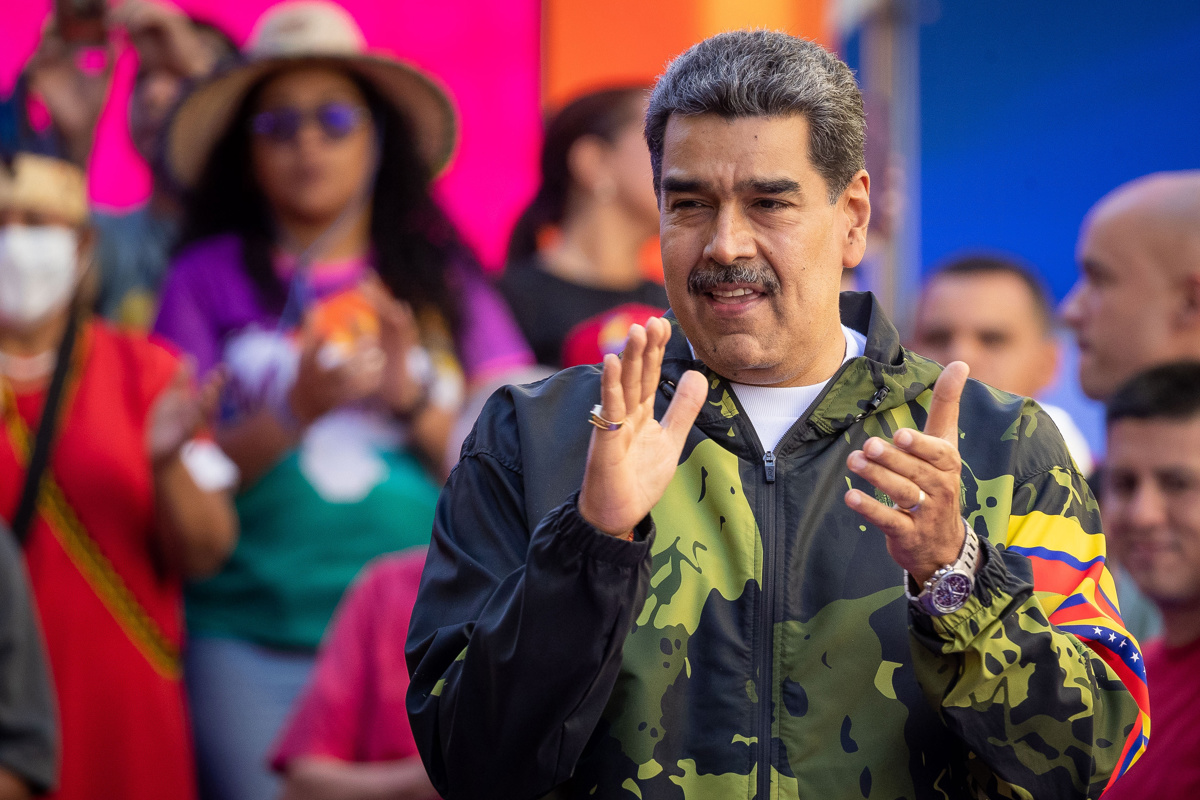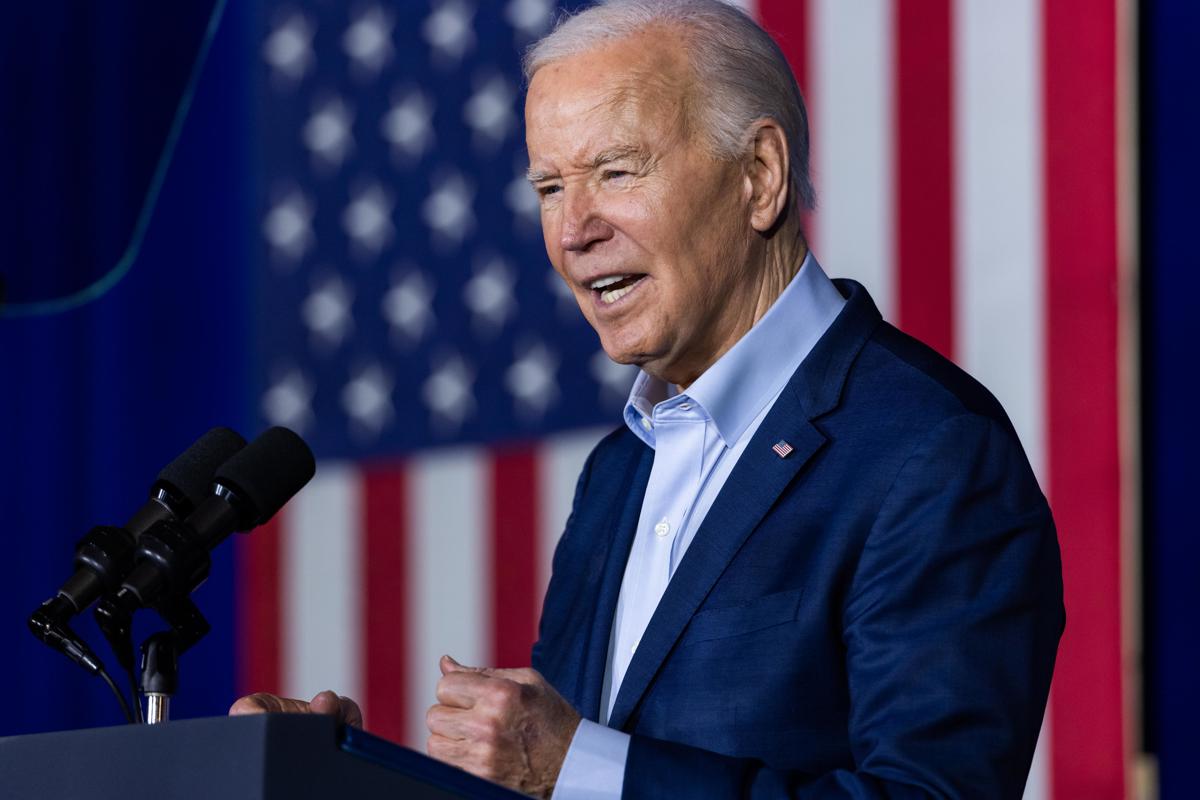
By Marc Arcas
San Francisco, Jun 18 (EFE).- Although he completely lost his eyesight 33 years ago, Mexican citizen Marcos Velazquez continues to compete in triathlons and gives motivational talks. A year ago, he also acquired an ally he never would have suspected: a mobile phone app that has become his “digital eyes.”
Vhista, as the app has been dubbed, uses artificial intelligence to recognize the objects in front of a person who has installed the app on their cellphone. What the cellphone camera sees, the AI program identifies and reports aloud to the user, also specifying how far away the object is.
“The app literally opened my eyes because now I can identify things that before I didn’t know were in front of me,” Velazquez told EFE in an interview, adding that he likes to use Vhista to surprise people, especially his fellow triathletes.
He uses it not only during his sports training, to know what’s around him when he gets on his two-person bicycle accompanied by a guide, but also in day-to-day situations. For example, when he’s at the airport it helps him make sure he can walk without bumping into other people and it helps him avoid collisions when he’s waiting for his wife on the sidewalk.
The unexpected digital tool was sent to his home in Playa del Carmen, on the Riviera Maya, from a neighbor to the south – Colombian software designer David Cruz Serrano – via the mediation of a neighbor to the north, US tech giant Apple, which provided Cruz with the Core ML technology on which Vhista is based.
The 20-something software designer told EFE that he thought of using “the superpower” of technology to help others after noticing the general lack of empathy in modern-day societies for the blind, especially after seeing how passengers behaved toward sightless people on Bogota’s public transport system.

The app, which is available in Spanish and English and can be downloaded free for iOS via the App Store, recognizes objects such as televisions, animals and plants – for instance, dogs and flowers – and also people, although only in a generic way and without being able to identify individuals by name for the user.
In addition to providing the distance to the observed object, the app also offers the user a confidence level percentage that its identification of the object is correct so that they can draw their own conclusions about what to do next.
Vhista has two modes: a faster mode, albeit with somewhat less precision, that functions without the Internet and matches objects with the database the user has downloaded into their cellphone; and another one that requires an Internet connection which is more precise and offers a panoramic description of all – or nearly all – of the objects seen by the camera.
The reason why the first mode is less precise is because the downloaded database is limited in size and scope.

The application itself requires 100 megabytes of cellphone memory.
“We’d like to have a 20 gigabyte app that works perfectly, but that’s not feasible and for that we already have an online mode,” said Cruz, who added that to reduce the size of the app file the data libraries containing daily objects are prioritized instead of, for instance, wild animals.
The young entrepreneur, who was selected by Apple to receive a scholarship to attend the 2017 WWDC developers conference, said that in the future the app will also have text recognition so that it will be able to interpret a stoplight signal or the instructions on a pill bottle and will also be able to recognize colors.
“People want freedom, they want to be able to do things for themselves,” said Cruz, who agreed with Velazquez that the development of AI has provided an unprecedented improvment in the quality of life for people with visual disabilities.





